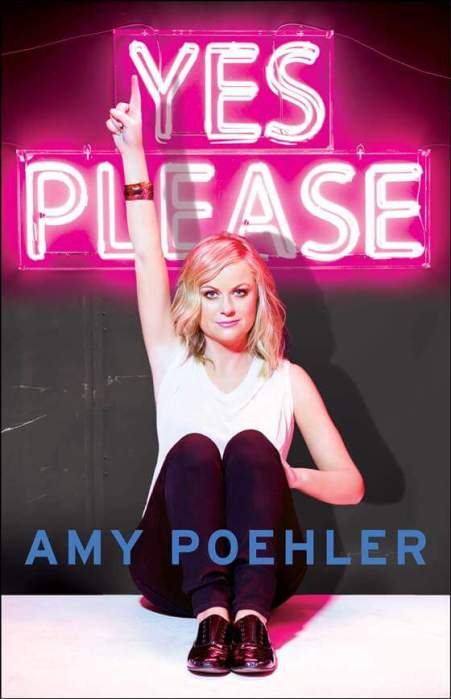 Emma Thompson’s P.L. Travers tries not to be wooed by Tom Hanks’ Walt Disney in “Saving Mr. Banks.”
Emma Thompson’s P.L. Travers tries not to be wooed by Tom Hanks’ Walt Disney in “Saving Mr. Banks.”
Credit: Francois Duhamel
‘Saving Mr. Banks’
Director: John Lee Hancock
Stars: Emma Thompson, Tom Hanks
Rating: PG-13
2 (out of 5) Globes
“Saving Mr. Banks” is an awful film, perhaps an evil one. But it will make a great grad school paper. In it, Disney uses its considerable power to rewrite history, hoping attractive fiction will replace the nasty (albeit much more fun) truth. The subject is the making of “Mary Poppins,” the behemoth’s delightful desecration of P.L. Travers’ novels. Travers hated the movie with the fire of 10 million volcanoes. Her ire was so extreme that she nixed future movie sequels and, when the lavish musical was planned, even forbade brothers Robert and Richard Sherman, who wrote the film’s iconic songs, from contributing more.
But that’s not a very nice story. And so in “Saving Mr. Banks” — named after the patriarch of the family for whom Julie Andrews’ deadpan do-gooder is employed — invents a new one. Here, Travers (Emma Thompson) is an acid-tongued, eternally strident spinster. (Because of course it isn’t, the subject of her real-life bisexuality is never broached.) She may have been a pill in real life, but here she’s more cartoon than person, despite Thompson subtly slipping humanity into a character that usually comes off as a perpetual put-down machine.
Amusingly, it’s animation that she objects to the most. Flown in from England to belatedly sign off on the project, she finds disapproval everywhere. She loathes the way the screenwriter (Bradley Whitford, a winning straight man) has sanded down and “Disneyfied” her sources. She doesn’t like the design of the house. But she’s most adamant about keeping animation, in any form, away from her beloved product, unaware that Walt Disney himself (Tom Hanks) intends for a mind-blowing stretch in which the actors find themselves in the world of the hand-drawn.
But don’t worry: She’ll come around, at least in the land of make-believe. This is the story of a frozen heart melting, with Travers as a Grinch who’s a nuisance in public, but in private secretly bearhugs the massive Mickey Mouse plush doll sadistically placed in her hotel room. Peppered throughout is her childhood, with nudging Psych 101 analogs of elements in “Poppins”: a stern governess (Rachel Griffiths), neglected kids, a desperate father (Colin Farrell, in a genuinely touching performance that deserves a better movie). She only hates the company because of an unhappy upbringing, and it’s up to Disney to manipulate her into bettering herself (and lining his own pockets).
“Saving Mr. Banks” is both a self-critique and an embodiment of its ills. Travers is allowed to rail against the manipulations and materialization of the Disney brand, but only so that, come premiere night, she’ll become a blubbery, inconsolable mess. It’s a greedy thing that wants to have it both ways. Enterprising students and columnists seeking to dismantle the Disney brand need only stop here, which is helpful of the filmmakers. But the rest of its audience will come away believing a lie debatably worse than the fibs the company has spent a lifetime peddling. At least those ones (or some of them) have the decency to be entertaining and gorgeous to the eye.




















